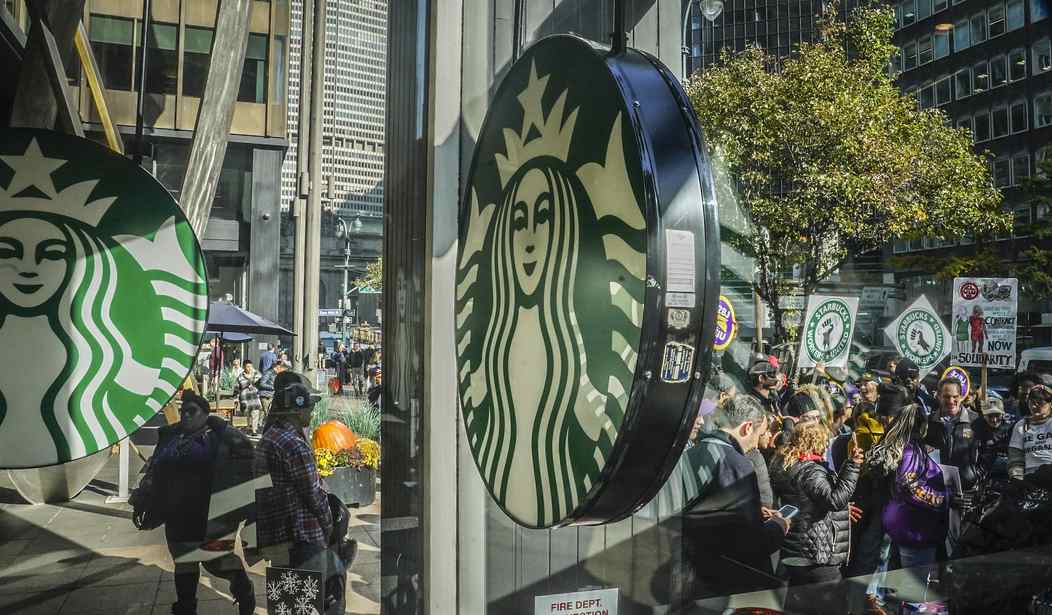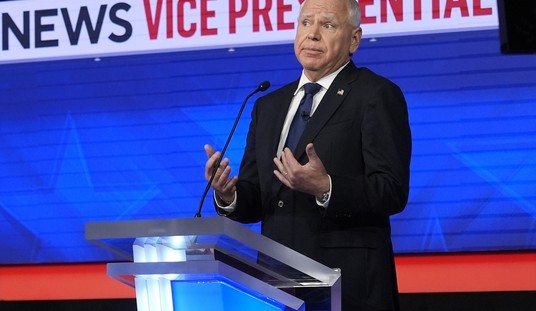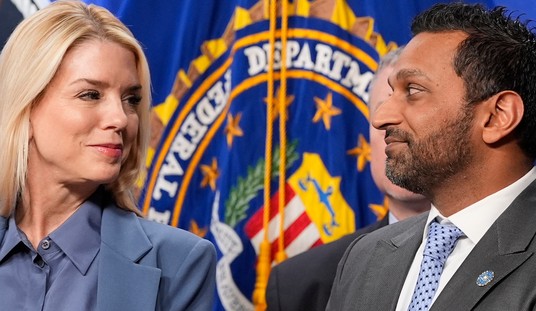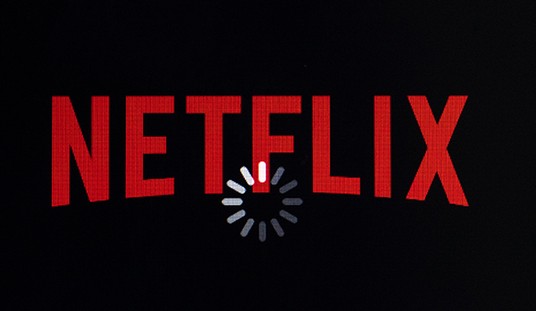The efforts to unionize Starbucks workers have been going on for years, with tensions between pro-union groups and the national coffee chain remaining high.
Starbucks has been involved in litigation over a handful of pro-union employees who were fired by the company, and Starbucks was ordered by the National Labor Relations Board (NLRB) to re-hire those workers. However, Starbucks has fought the decision, taking it all the way to the Supreme Court after an unfavorable ruling from the 6th Circuit.
The nation's highest court has decided to take the case.
The justices took up a Starbucks appeal of a lower court’s ruling that found that the company likely discouraged other employees from exercising their rights under U.S. labor law by firing the Memphis workers in 2022. This is the first case to reach the Supreme Court involving an ongoing nationwide campaign to unionize Starbucks stores.
The Memphis store is one of more than 370 Starbucks locations in the United States to unionize since 2021. The Seattle-based company was non-union for decades.
The U.S. National Labor Relations Board (NLRB) concluded that Starbucks unlawfully fired the Memphis employees for supporting the union drive and to send a message to other workers.
The NLRB sought an injunction to compel Starbucks to rehire the employees, which Memphis-based U.S. District Judge Sheryl Lipman granted. The Cincinnati, Ohio-based 6th U.S. Circuit Court of Appeals upheld Lipman’s decision in 2023, faulting the actions of Starbucks.
Starbucks maintains that the fired employees were let go because they violated safety protocols by opening the store without management's permission and letting journalists inside. The employees were re-hired per the NLRB's order, but it has still sought relief on appeal.
The company has been the subject of hundreds of complaints in recent years )over 700, according to the report linked above).
At the heart of the matter is whether or not the 6th Circuit used the right legal test in upholding the NLRB's decision. Starbucks argues that it did not, and that the proper legal test is much more expansive.
"The Third, Fifth, Sixth, Tenth, and Eleventh circuits use a two-part test that turns on whether a district judge has reasonable cause to believe there was a labor law violation and a 10(j) injunction would be 'just and proper,'" Bloomberg Law explained in an analysis. "The Fourth, Seventh, Eighth, and Ninth circuits employ the four-factor test that’s commonly used for other types of injunctions, which includes inquiries into whether the NLRB has a likelihood of success on the merits and the injunction is in the public interest."
Starbucks believes that the Sixth Circuit should have used the four-part test in considering whether or not the NLRB injunction was appropriate. The NLRB is countering with the claim that the tests are really the same in all but terminology.
But with the current make-up of the court and its rulings curtailing the power and scope of government agencies, it's hard to tell just how this case could go. But the NLRB and unions are seemingly worried that the case could impact them negatively, and it's likely you'll see attacks against the chain continue.













Join the conversation as a VIP Member